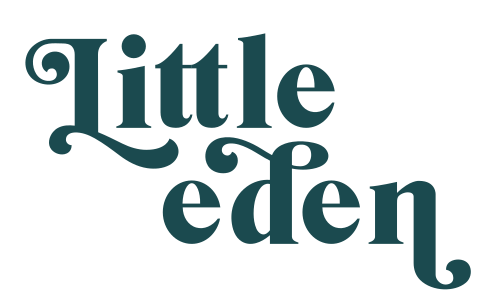Bees are amazing. They play a key role in our gardens - pollinating flowers which would be unable to produce seed without pollination and helping our fruit and veg grow.
35% of our diet depends on pollination of crops by bees and it is said that if bees died out, humans would follow just four years later.
There are two main types of bee; the Bumblebee and the Honeybee. Populations of both have plummeted in recent years, so what can we do to support them and encourage them in our gardens?
Bumblebees
There are 24 species of Bumblebee living wild in the UK. They are easily recognised by their characteristic fluffy bodies. Different species of Bumblebee have different length tongues because they feed from different shaped flowers. Our wild Bumblebees have suffered declines due to bad weather, the use of insecticides and a reduction in wildflower rich grassland for feeding and nesting.
Honeybees
There is only 1 species of Honeybee in Europe and these bees live in hives that are cultivated and tended by beekeepers in order to produce honey. Britain's cultivated honeybee population has been largely affected by the varroa mite, which has spread rapidly through bee hives since arriving in Britain in 1992. Honeybees are slimmer and smaller than Bumblebees, having a closer appearance to a wasp. They all have short tongues which are best suited to feeding from open flower shapes.
All together, gardens in the UK equate to over a million acres - so there is much that we can do to help save Bumblebees from decline. If every garden contained a bee house and a range of bee friendly flowers, trees and shrubs, this would significantly increase food and shelter for our native Bumblebees, and help to reverse their decline.
Avoid insecticides
If you are encouraging bees into your garden then it is important to avoid using insecticides as these will kill helpful pollinating insects (including bees) as well as the target insects.
Educate our families
Teaching our children that bees don’t want to sting us and that the bee dies when it stings (so is a last resort) is a great way to help bee populations. Learning how important bees are to the natural world and that they don't fly around stinging us will help reduce the number of bees killed needlessly.
Make a Bee House
Different species require different habitats. Mason Bees enjoy nesting in holes in wood or thick stems. You can make your own simple bee house or you can buy a ready-made bee house. To make your own, use hollow bamboo canes or even thick bramble stems. Fix bee boxes in a south-facing spot but not in direct sunlight. Also make sure the entrance points downwards so that rain does not get in.
Many other species of bumblebee will prefer a wood pile in your garden. Simply create a pile of logs, stems and branches and wait
Other species will enjoy a grassy bank to nest in - let the grass grow tall and plant pollen rich plants along the edge of the bank.
Planting Flowers for Bees
It's best to aim for a good variety of pollen rich flowers that have different flower shapes and a range of flowering periods from early spring to late summer. Try to ensure at least two different plant species in flower at any time throughout this period to prevent your bees from going hungry.
We’ve put together a list of bee friendly varieties for you to grow, to help feed the bees in your garden:
- Honeysuckle. This has a trumpet-like flower and a sweet attractive fragrance.
- Marigolds. These are daisy-like flowers with scented leaves.
- Sunflowers. An annual plant with a large brightly coloured daisy-like flower.
- Thyme. When blossoming this herb will attract bees with its flowers and gorgeous scent..
- Nasturtium. An attractive trailing plant with brightly colour flowers.
- Lavender. A hardy perennial which is easy to grow. Commonly-known for its striking purple flowers and recognisable scent.
We have many more plants that are great for attracting and supporting bees - just look out for our “great for bees” tags in our plant profiles or you can even search through our collections of plants that are great for wildlife in the garden.

